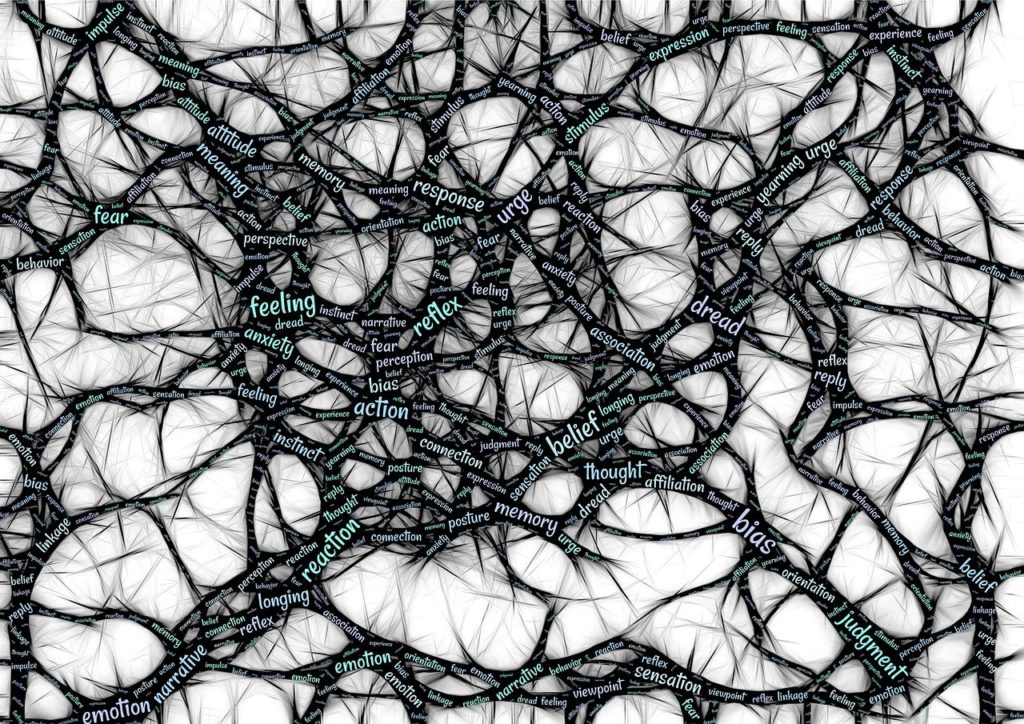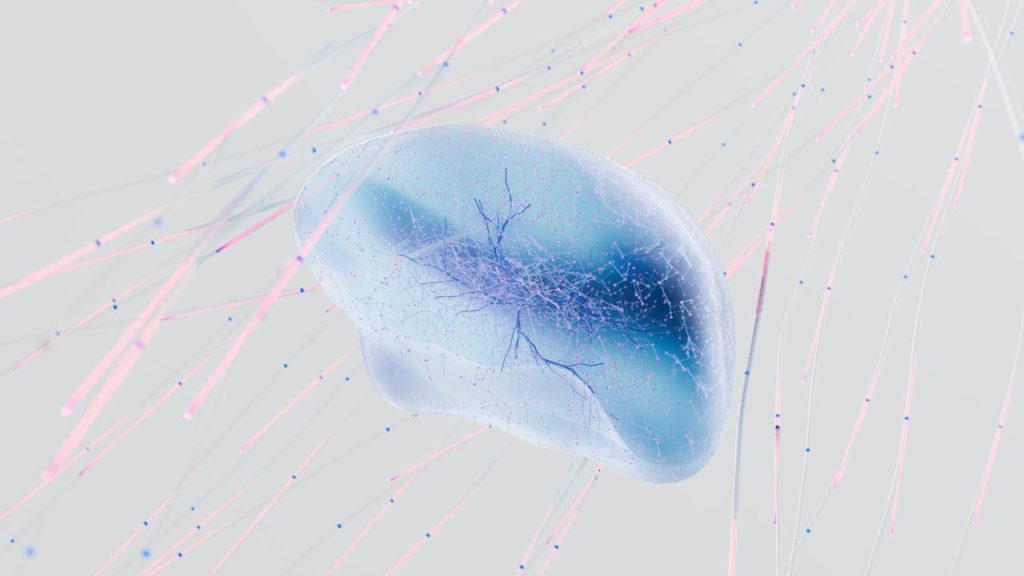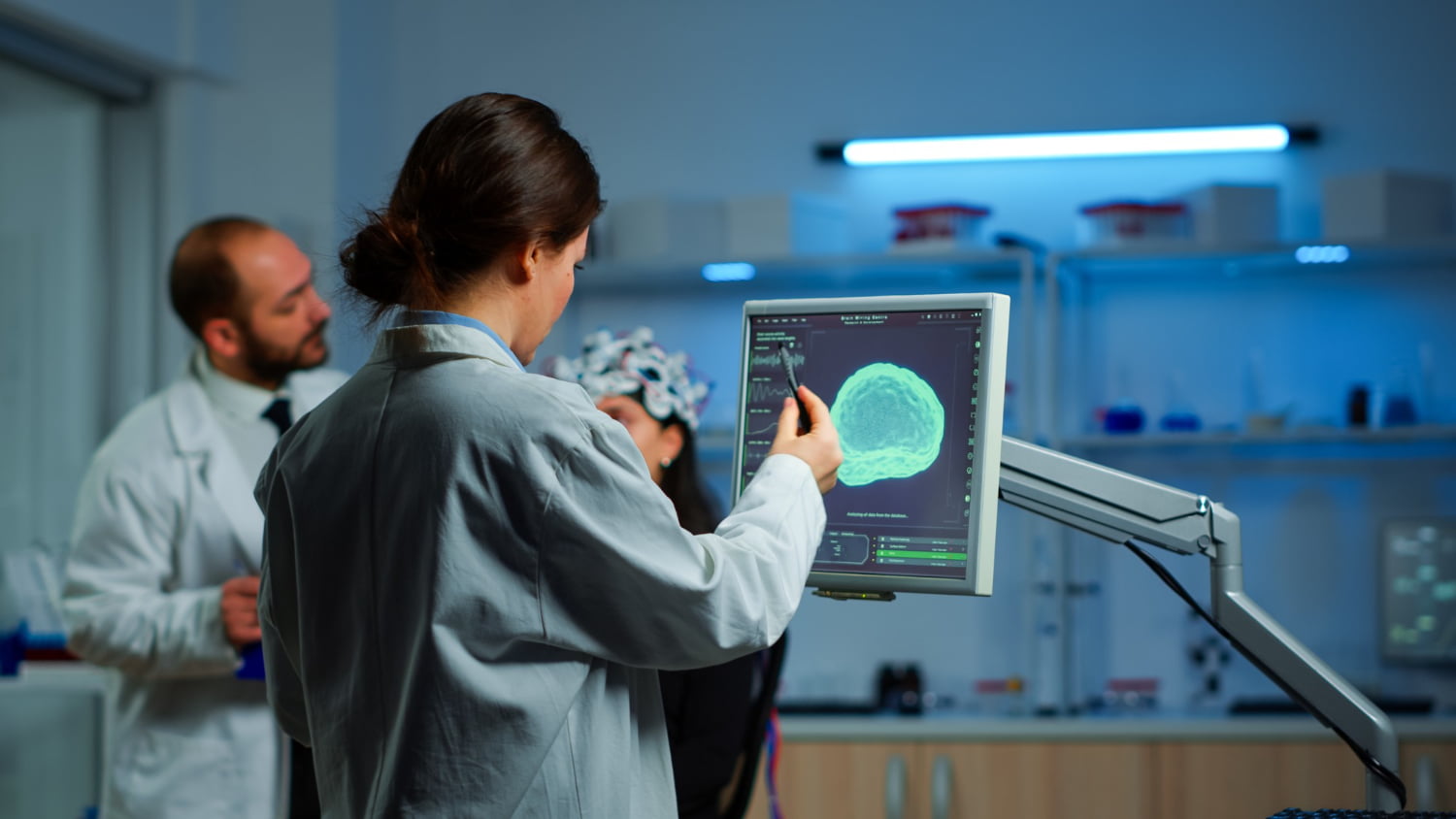In an era where artificial intelligence (AI) intersects with various scientific domains, its foray into neuroscience heralds a new dawn in understanding the human brain. AI’s integration in neuroscience is not just enhancing research methodologies but is also redefining our approach to brain function and neurological disorders. This fusion promises to unlock mysteries of the brain with unprecedented precision and speed.
Understanding the AI-Neuroscience Nexus
The Conceptual Framework of AI in Neuroscience
AI’s role in neuroscience is primarily that of a sophisticated analytical tool, capable of processing vast amounts of complex data that the human brain cannot easily decipher. This involves the use of machine learning algorithms and neural networks that mimic the functioning of the human brain. By applying these techniques, AI can identify patterns and anomalies in neurological data, providing insights that were previously unattainable. This synergy is not just an advancement in technology but a paradigm shift in how we understand neural processes and brain functionality.
AI’s Analytical Capabilities in Brain Mapping
Brain mapping, a cornerstone of neuroscience research, has been revolutionized by AI. Traditional methods, while effective, are time-consuming and often limited in scope. AI, however, brings speed and scalability, enabling researchers to analyze brain imaging data more comprehensively. This includes the ability to sift through layers of neural circuits, identifying connections and patterns critical for understanding brain functions and disorders. The precision and efficiency of AI in brain mapping mark a significant leap forward in neuroscientific research.

Case Study: AI in Tracking Neurons
A recent breakthrough in AI application within neuroscience is an AI-based method for tracking neurons in moving animals. This technique involves the use of advanced algorithms that can track individual neurons in real time, a task that was previously challenging due to the complexity and dynamic nature of the brain. This method not only enhances the accuracy of neuron tracking but also allows researchers to observe neuronal activity in naturalistic conditions, offering a more holistic view of brain functioning.
The implications of this advancement are profound. For the first time, researchers can observe how neurons interact within a moving, functioning brain, providing insights into how neural networks operate in real-life scenarios. This could lead to breakthroughs in understanding cognitive processes, sensory integration, and motor coordination.
Furthermore, this method opens new avenues in the study of neurological disorders, offering potential for earlier detection and better understanding of disease progression.
AI’s Role in Decoding Brain Function
AI’s capacity to process and analyze large datasets is particularly beneficial in the realm of cognitive neuroscience. By employing AI, researchers can decode complex neural networks involved in learning, memory, and decision-making. This not only enhances our understanding of these cognitive processes but also aids in identifying deviations associated with neurological disorders. AI’s precision in dissecting cognitive functions is a crucial step towards personalized medicine in neurology.
The development of AI-driven models simulates brain function, providing a virtual environment to test hypotheses and understand neural dynamics. These models can replicate human cognitive processes, allowing researchers to experiment and observe outcomes in a controlled setting. This not only accelerates the pace of research but also reduces ethical concerns and logistical challenges associated with human or animal studies.
The use of AI-driven models is a testament to the power of artificial intelligence in advancing our comprehension of the most complex organ in the body – the human brain.
AI in Neurological Disorder Research
Advances in Understanding Disorders
The integration of AI into neurological disorder research is reshaping our understanding of these complex conditions. AI algorithms are particularly adept at identifying patterns and anomalies in brain function that may indicate the onset of a neurological disorder. This is crucial in conditions like Alzheimer’s, Parkinson’s, and epilepsy, where early detection can significantly influence treatment outcomes. For instance, AI can analyze brain scans to detect early signs of Alzheimer’s disease long before clinical symptoms become apparent. By doing so, AI not only assists in early diagnosis but also helps in monitoring disease progression and response to treatment, paving the way for more personalized and effective therapeutic strategies.
AI’s Contribution to Treatment Strategies
Beyond diagnosis and monitoring, AI is instrumental in developing treatment strategies for neurological disorders. Through the analysis of vast datasets, AI can identify potential therapeutic targets and predict the efficacy of drugs, leading to more effective treatments with fewer side effects. Additionally, AI-driven tools like brain-computer interfaces are being explored to assist patients with neurodegenerative diseases or injuries in regaining lost functions. These advancements highlight AI’s role not only as a diagnostic and analytical tool but also as a facilitator of therapeutic innovation in neurology.
Ethical and Practical Considerations
As AI becomes increasingly entrenched in neuroscience, ethical considerations come to the forefront. Issues such as data privacy, informed consent, and the potential for AI to make decisions that impact patient care are of paramount importance. It’s crucial to establish robust ethical guidelines and regulations to ensure that the use of AI in neuroscience respects patient rights and data security. Furthermore, there’s a need for transparency in how AI algorithms function and make decisions, to prevent biases and ensure ethical use of AI in medical research and practice.
While the potential of AI in neuroscience is immense, there are practical challenges to its implementation. One major challenge is the requirement of substantial computational resources to process and analyze the massive datasets involved in brain research.
Additionally, there’s a need for interdisciplinary collaboration, as the field requires expertise not only in neuroscience and AI but also in data science and ethics. Ensuring that AI systems are accessible and interpretable by clinicians and researchers who may not have specialized knowledge in AI is also crucial. Addressing these practical challenges is essential for the successful and ethical integration of AI into neuroscience.
The Future of AI in Neuroscience
The future of AI in neuroscience is poised to be transformative, marked by several predictions and potential developments. As computational power continues to grow, we can expect AI algorithms to become more sophisticated, capable of simulating and analyzing brain functions with even greater accuracy. One key area of advancement will be the integration of AI with other emerging technologies like quantum computing, which could exponentially increase the speed and capacity of brain data analysis.
Another significant development will be in the realm of personalized medicine. AI’s ability to analyze genetic, environmental, and lifestyle data in conjunction with neurological information will enable the development of highly personalized treatment plans for neurological disorders. This could revolutionize the way we approach conditions like multiple sclerosis or traumatic brain injury, offering treatments tailored to individual patients’ profiles.
Additionally, AI is expected to play a critical role in developing non-invasive techniques for brain research. Techniques like high-resolution brain imaging, coupled with AI’s analytical prowess, could allow researchers to observe and understand brain activity without the need for invasive procedures.
We can also anticipate advancements in brain-computer interfaces (BCIs), where AI will enhance the interface’s ability to interpret neural signals, leading to better assistive technologies for people with disabilities. Furthermore, AI-driven BCIs could pave the way for new forms of human-computer interaction, possibly leading to applications we have yet to imagine.
Moreover, AI is likely to contribute significantly to our understanding of consciousness and cognition. By modeling complex neural networks and simulating brain processes, AI could provide insights into the nature of consciousness, a topic that has long been a subject of philosophical and scientific intrigue.

Integrating AI in Future Neuroscience Practices
The integration of AI in future neuroscience practices will not only be technological but also educational and ethical. As AI becomes a staple in neuroscience, there will be a growing need for educational programs that combine neuroscience, AI, and ethics, preparing the next generation of researchers and clinicians for this interdisciplinary field. Additionally, establishing ethical guidelines and regulatory frameworks will be crucial in ensuring that the advancements in AI and neuroscience are conducted responsibly and beneficially for society.
Conclusion
The intersection of AI and neuroscience marks the beginning of a new era in our understanding and treatment of the brain and neurological disorders. AI’s ability to process and analyze vast amounts of data is revolutionizing brain research, offering insights into brain function, cognition, and various neurological disorders.
The future promises even more groundbreaking advancements, with AI leading the way in personalized medicine, non-invasive research techniques, and brain-computer interfaces. However, as we embrace these technological strides, we must also navigate the ethical and practical challenges they present. By doing so, we ensure that the integration of AI in neuroscience not only advances our scientific capabilities but also upholds our commitment to ethical and responsible research practices, ultimately benefiting humanity as a whole.
